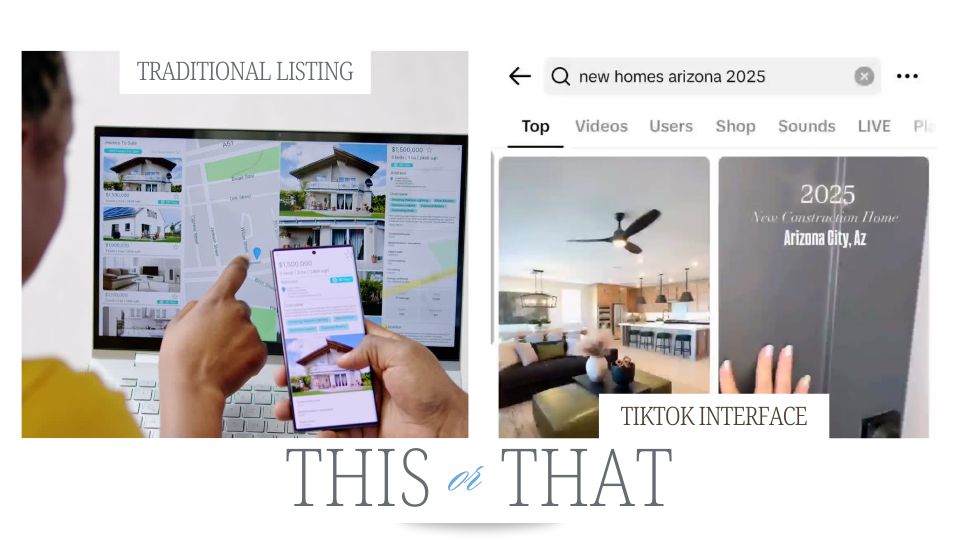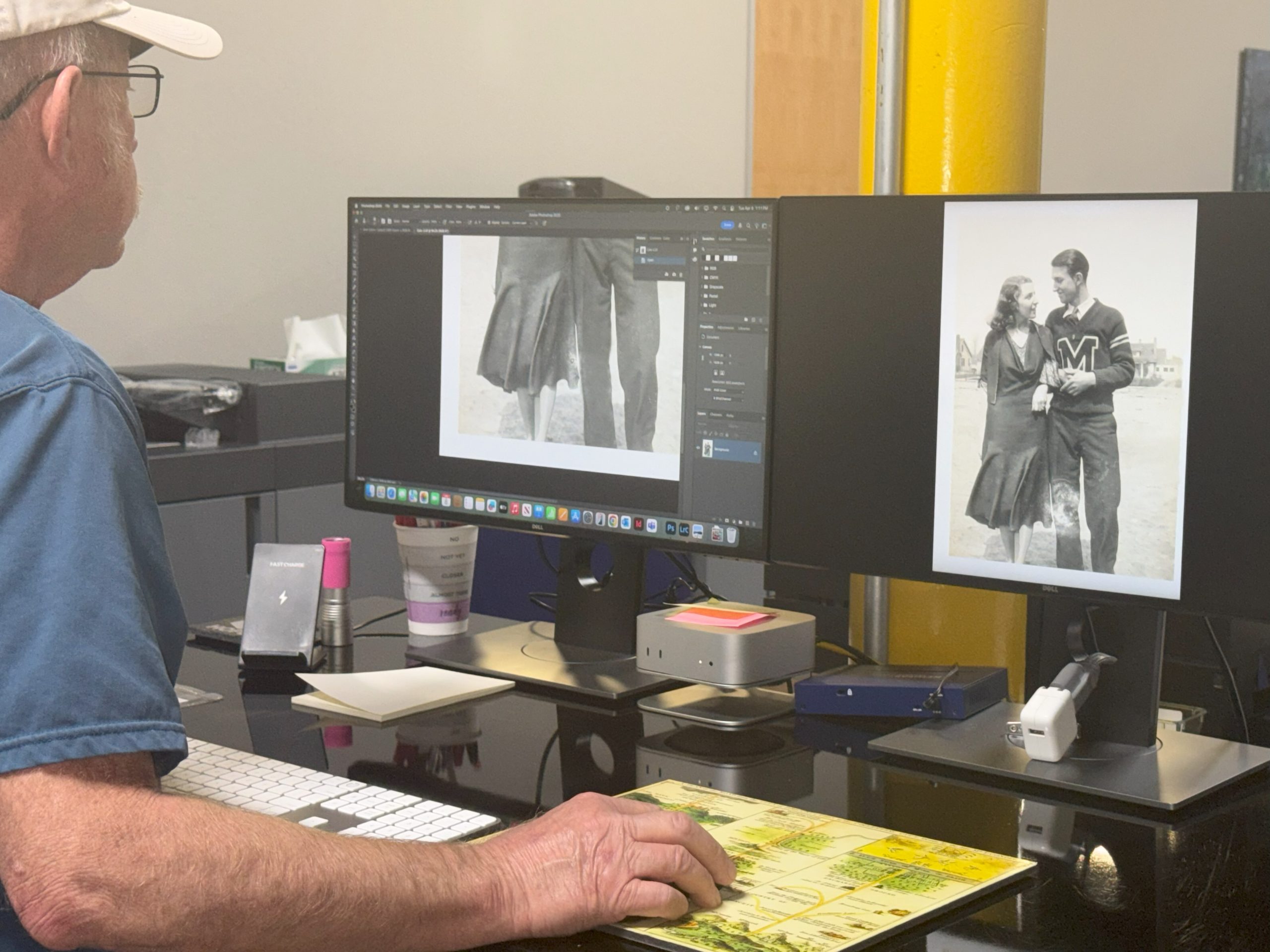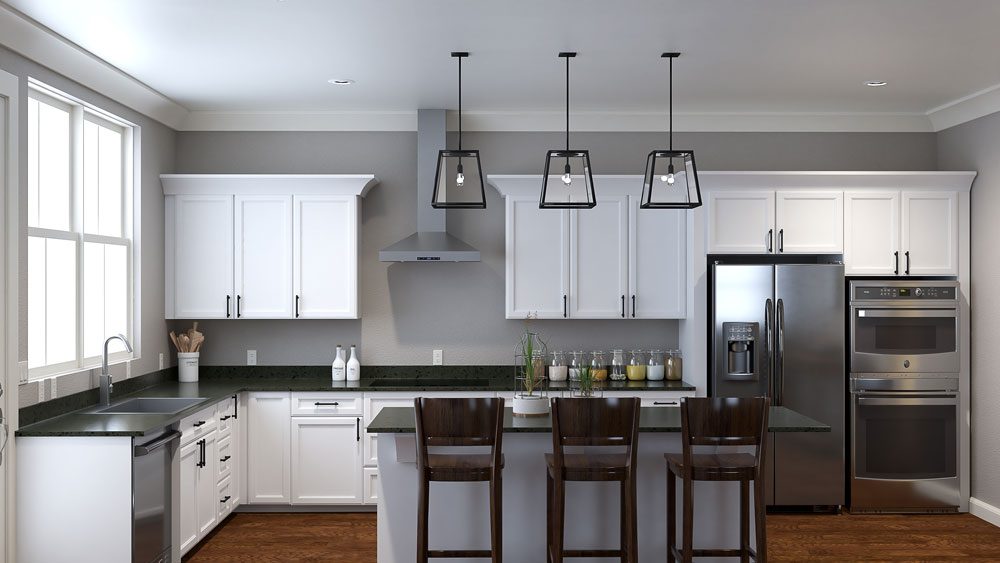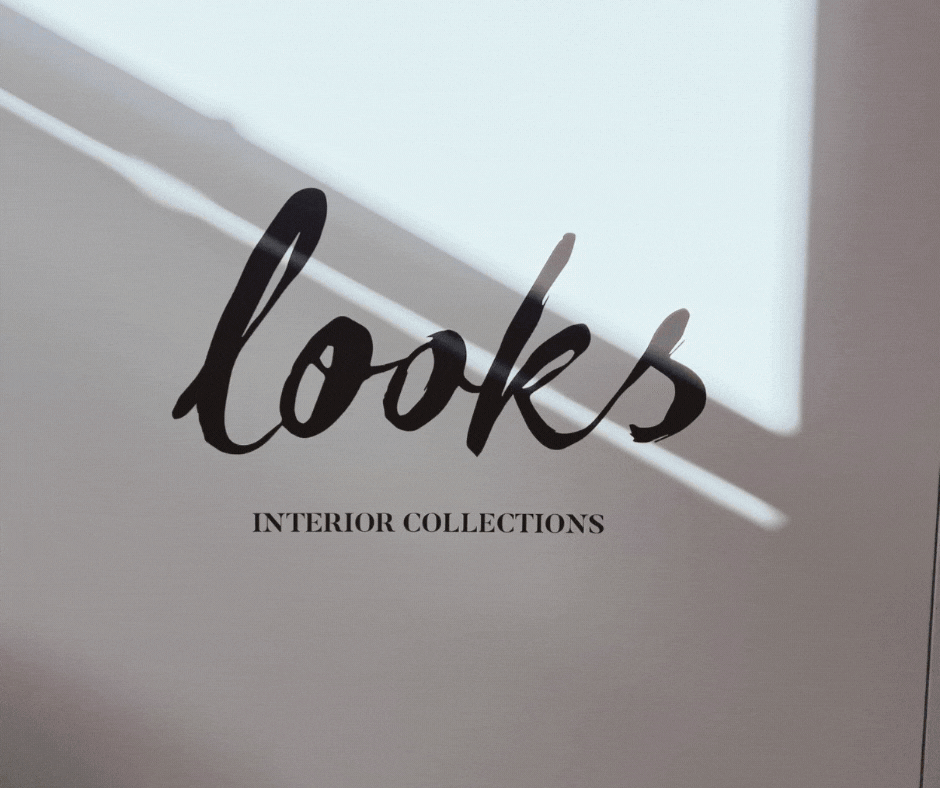
TikTok is Now Essential Marketing for Homebuilders
If you think TikTok is just for teenagers, think again. It’s rapidly evolving into a powerful search and discovery engine, and yes, that includes finding new homes. Consider this foundational statistic highlighted by Atlas RTX: “84% of home buyers use the internet as their primary research tool…” In today’s digital landscape, TikTok represents a significant and growing slice of that online activity, particularly for demographics crucial to the future of homebuilding. For builders aiming to connect with modern buyers, establishing a presence on TikTok isn’t just a novelty; it’s becoming a strategic marketing imperative.
Showcasing Properties in a New, Dynamic Light
Static photos and full-length virtual tours have their place, but TikTok’s short-form video format demands a different approach – one that can be incredibly effective for showcasing homes. Builders are using engaging, fast-paced videos to:
- Offer Quick Walkthroughs: Highlighting key areas and features in under 60 seconds.
- Spotlight Unique Selling Points: Zeroing in on a stunning kitchen island, a spa-like bathroom, or energy-efficient windows.
- Use Trending Sounds & Styles: Making property tours feel current, relatable, and shareable.
- Tell Visual Stories: Capturing the feeling of living in the space, not just the dimensions.
This dynamic format grabs attention quickly and allows builders to convey personality and key features in a way traditional marketing often struggles to match.

Reaching the Next Generation (and Current Buyers Too)
While TikTok initially gained fame with Gen Z, its user base has significantly broadened. Millennials, now the largest cohort of home buyers, are active on the platform, as are increasing numbers of Gen X. Builders can use TikTok to:
- Build Brand Awareness Early: Connect with potential buyers long before they are actively searching.
- Target Specific Demographics: Utilize TikTok’s algorithm and ad tools to reach relevant audiences in specific locations or with particular interests (e.g., first-time buyers, eco-conscious consumers).
- Humanize the Brand: Show the faces behind the company, share construction progress, and create a more relatable image.
Leveraging Trends and Influencers
Smart builders on TikTok don’t just post, they participate. This means:
- Highlighting Trendy Features: If home offices are trending, showcase your best office spaces. If outdoor living is hot, feature your patios and decks.
- Engaging with Comments: Answer questions and interact with potential leads directly on the platform.
- Considering Influencer Collaborations: Partnering with local home decor or lifestyle influencers can expose a builder’s projects to a large, engaged, and relevant audience, generating buzz and credibility.

Building Community and Trust Beyond the Sale
TikTok offers builders a unique channel to build relationships, not just generate leads. Sharing behind-the-scenes glimpses of the construction process, introducing the build team, offering quick home maintenance tips, or answering frequently asked questions in a casual video format can foster trust and community around the brand. This authenticity resonates with modern consumers.
Log In or Lose Out
The way people discover, and research homes is evolving rapidly. TikTok is no longer a fringe platform but a major player in the online attention economy. Homebuilders who embrace it, mastering its unique style and leveraging its reach, are positioning themselves to connect effectively with today’s buyers. Those who ignore it risk becoming invisible on a channel where their future customers are increasingly spending their time. In the current market, being active and strategic on TikTok isn’t just marketing; it’s essential business development.
Need help with digital assets for your website to use in your home builder marketing?














